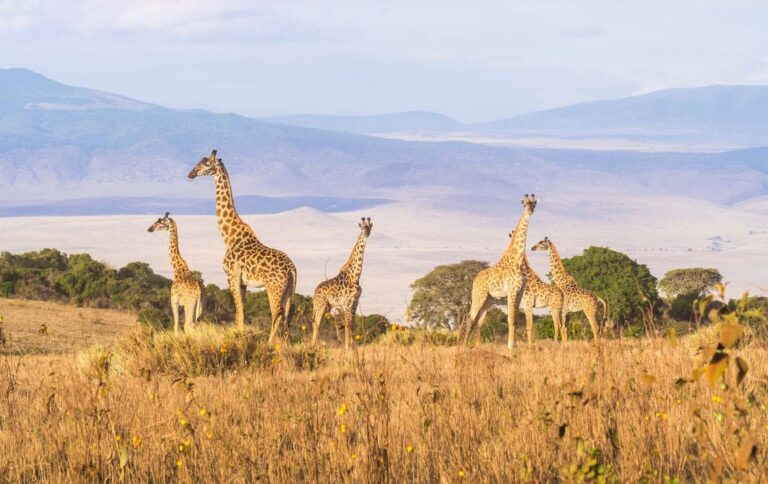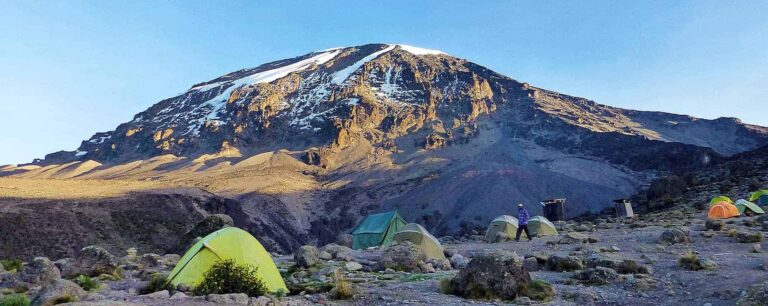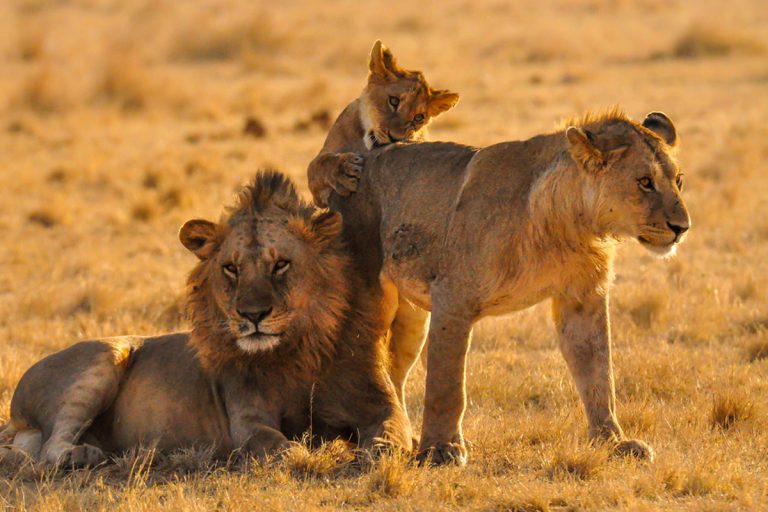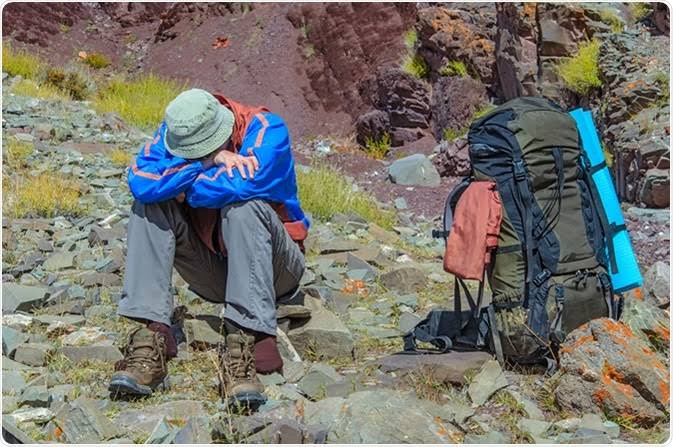Ruaha National Park, located in the heart of Tanzania, is one of the country’s largest and most unspoiled natural reserves. Situated in the central region of Tanzania, the park is part of the larger Rungwa-Kizigo-Muhesi ecosystem. Its remote location makes it less frequented by tourists compared to other national parks in Tanzania, contributing to its pristine and untouched nature. The park is approximately 130 kilometers west of Iringa and covers an expansive area that spans about 20,226 square kilometers, making it the largest national park in Tanzania and one of the biggest in East Africa.
The climate of Ruaha National Park is characterized by a distinct dry and wet season, typical of the region’s semi-arid conditions. The dry season, which runs from June to October, is marked by warm, sunny days and cooler nights, with temperatures ranging between 15°C and 30°C (59°F and 86°F). The wet season, from November to May, brings heavier rains, particularly between March and April, transforming the landscape into a lush, green haven. Temperatures during this period can range from 18°C to 35°C (64°F to 95°F). The rains rejuvenate the park’s flora and fauna but can also make some roads difficult to traverse.
Ruaha National Park is renowned for its rich biodiversity and large populations of wildlife. It is home to one of the largest elephant populations in Tanzania, alongside significant numbers of lions, leopards, cheetahs, and African wild dogs. The park is also a sanctuary for rare and endangered species, such as the sable and roan antelope. Bird enthusiasts can enjoy sightings of over 570 bird species, including the goliath heron, ashy starling, and the crested barbet. The Great Ruaha River, which flows through the park, attracts numerous animals, especially during the dry season, making it a prime location for wildlife viewing.
The best time to visit Ruaha National Park largely depends on the type of experience one seeks. The dry season (June to October) is generally considered the ideal time for game viewing, as animals congregate around water sources, making them easier to spot. The sparse vegetation during this period also improves visibility for safari-goers. Conversely, the wet season (November to May) offers a different kind of beauty, with verdant landscapes and a plethora of birdlife, making it a prime time for birdwatching and enjoying the park’s natural scenery. However, travelers should be prepared for more challenging travel conditions due to the rains.







